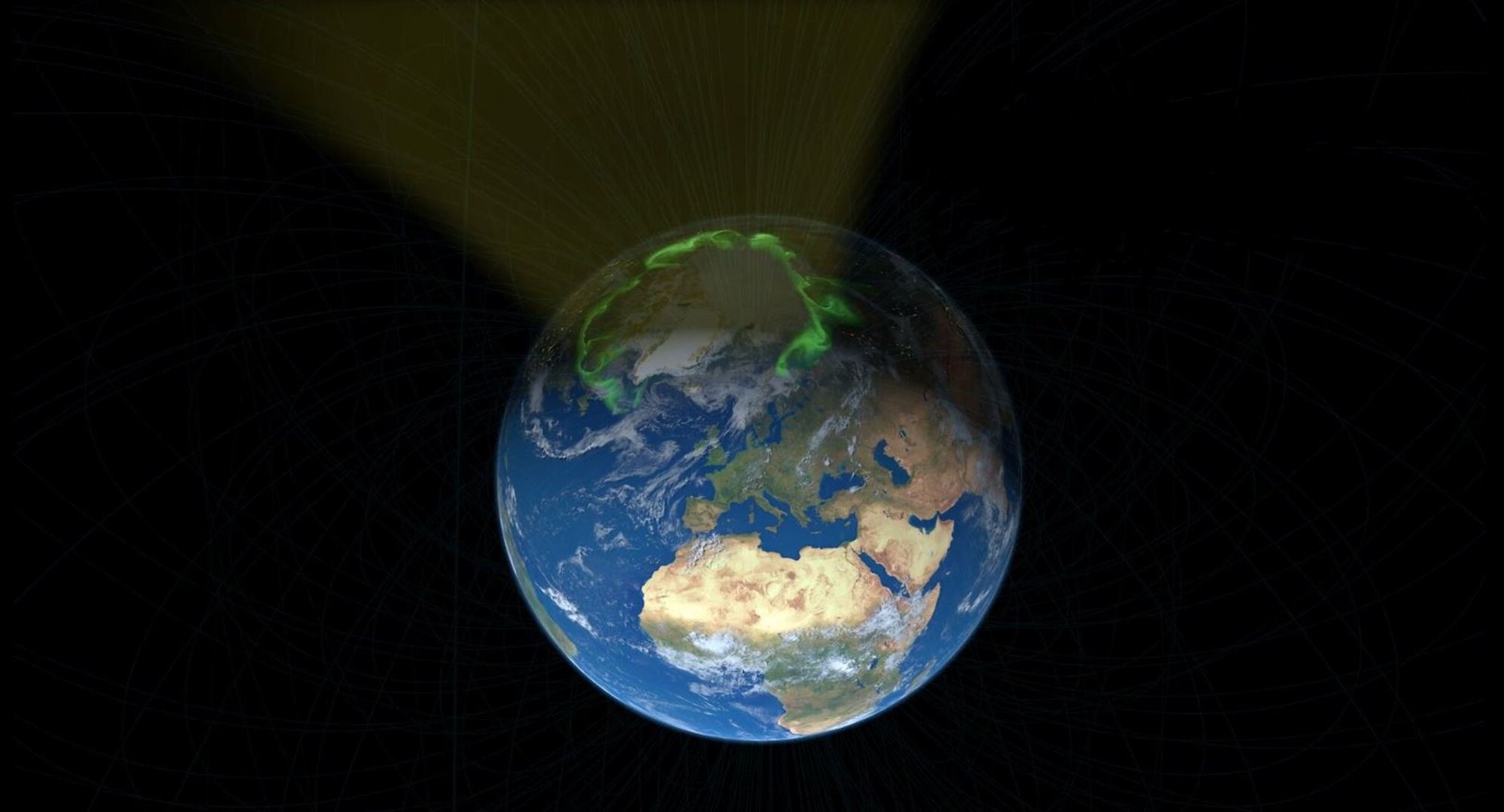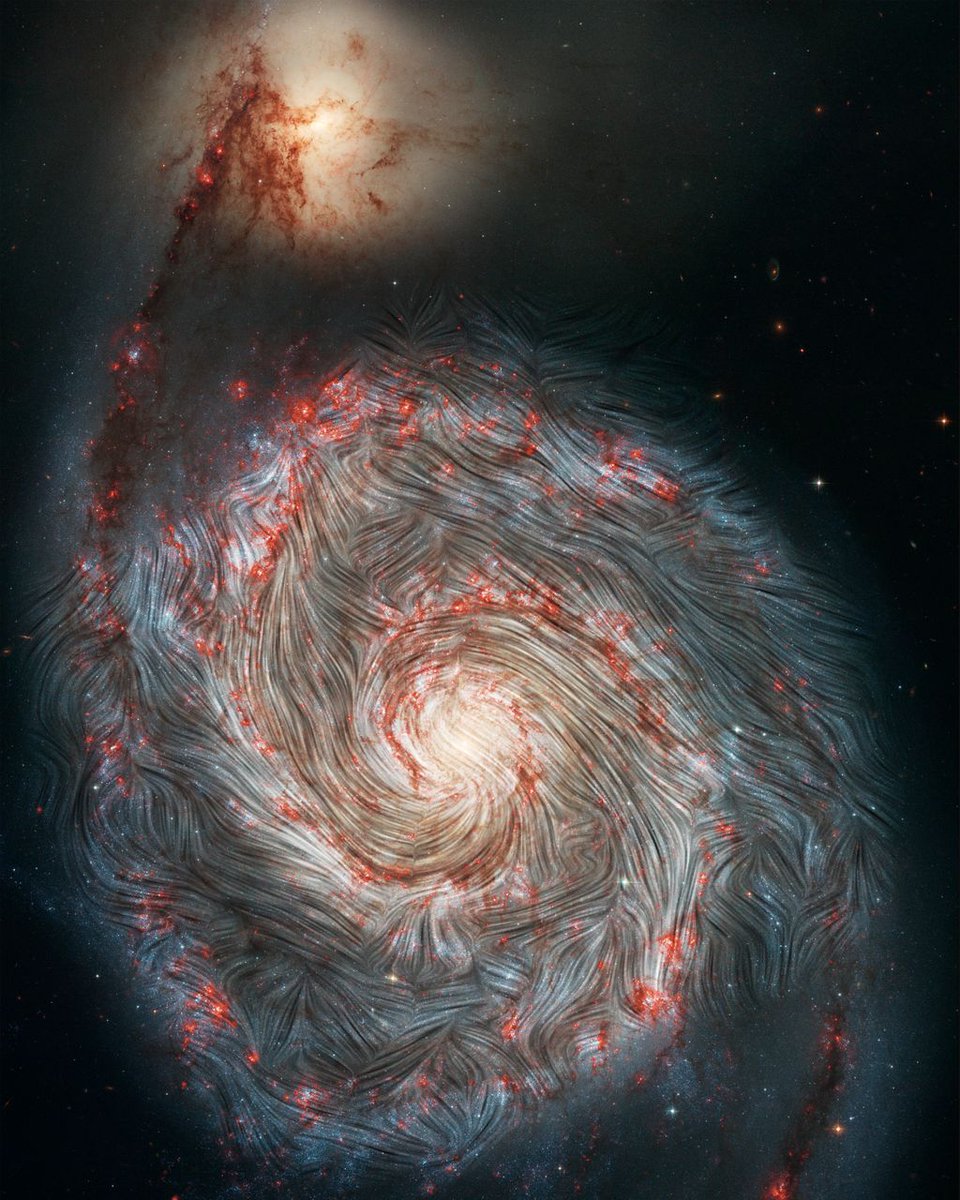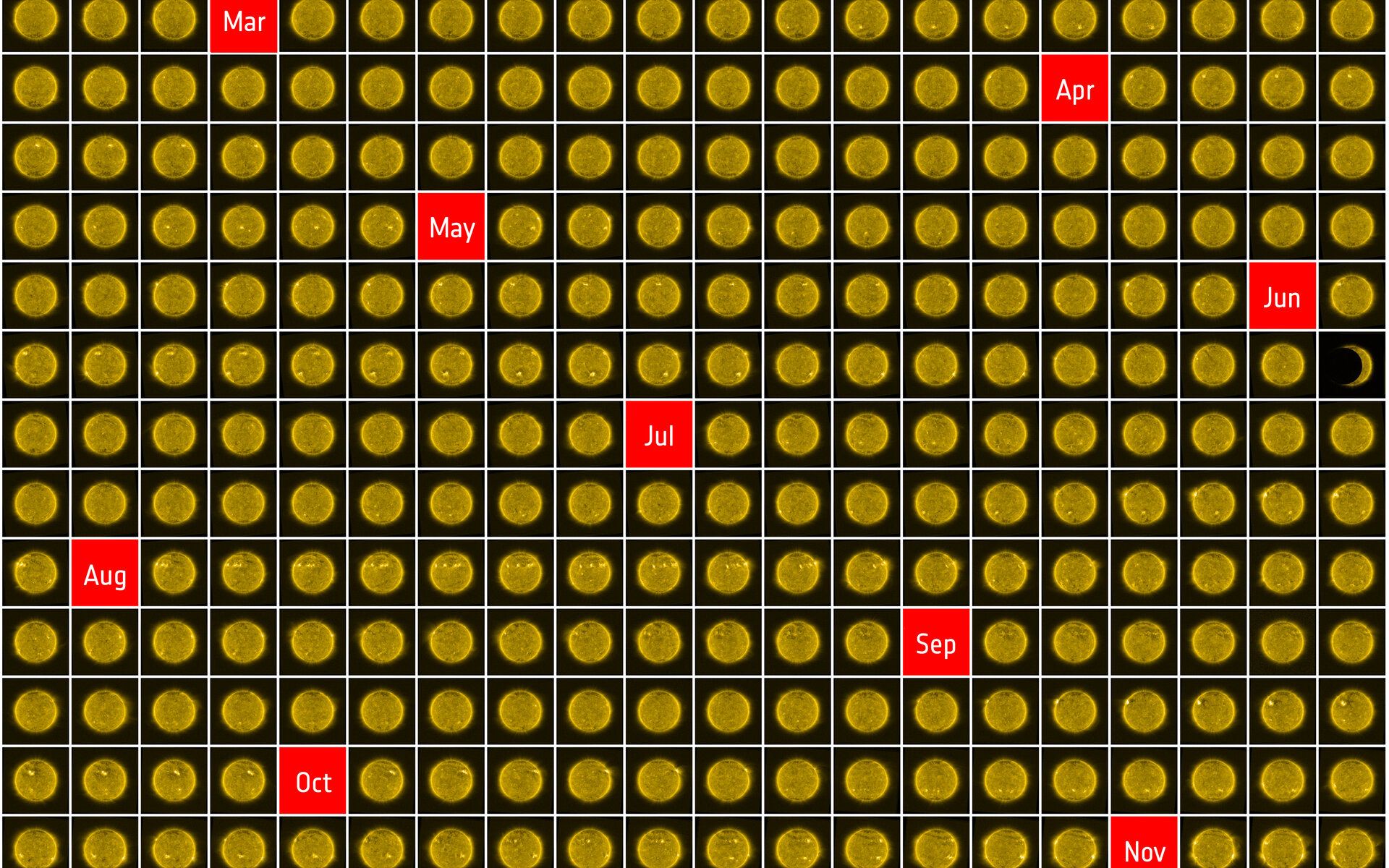Dancing is a favorite pastime of many couples. Swinging around a dance floor, using the laws of physics to twirl at just the right moment, and hopefully not step on any toes, is an art unto itself. The same laws of physics that govern couples on a dance floor also govern (to some extent) the much larger dance of stellar objects. And recently astronomers have started to understand the intricacies of how binary stars dance with each other – turns out it’s not quite as simple as doing the tango.
Continue reading “Massive Binary Stars Huddle Up Surprisingly Quickly”The Largest Sea On Titan Could Be Over 300 Meters Deep
The Earth’s oceans are notoriously unexplored, and stand as a monument to the difficult of exploring underwater. But they aren’t the only unexplored seas in the solar system. Titan’s vast collection of liquid methane lakes are another challenge facing future solar system explorers.
A submarine mission to Saturn’s largest moon has long been under discussion. More recently, scientists have discovered that if such a mission was ever launched, it would have plenty of room to operate, because Titan’s largest sea is likely more than 300 m (1000 ft) deep.
Continue reading “The Largest Sea On Titan Could Be Over 300 Meters Deep”You Can Actually See the Milky Way’s Wave When You Map Its Stars
Spiral galaxies are one of the most commonly known types of galaxy. Most people think of them as large round disks, and know that our Milky Way is counted among their number. What most people don’t realize is that many spiral galaxies have a type of warping effect that, when you look at them edge on, can make it seem like they are forming a wave. Now scientists, led by Xinlun Chen at the University of Virginia, have studied millions of stars in the Milky Way and begun to develop a picture of a “wave” passing through our own galaxy.
Continue reading “You Can Actually See the Milky Way’s Wave When You Map Its Stars”Only 31 Magnetars Have Ever Been Discovered. This one is Extra Strange. It’s Also a Pulsar
Some of the most stunningly powerful objects in the sky aren’t necessarily the prettiest to look at. But their secrets can allow humanity to glimpse some of the more intricate details of the universe that are exposed in their extreme environs. Any time we find one of these unique objects it’s a cause for celebration, and recently astronomers have found an extremely unique object that is both a magnetar and a pulsar, making it one of only 5 ever found.
Continue reading “Only 31 Magnetars Have Ever Been Discovered. This one is Extra Strange. It’s Also a Pulsar”What Happens to Their Supermassive Black Holes When Galaxies Collide?
What’s better than two gigantic galaxies swirling into one another until they collide? How about three galaxies swirling into one another until they collide – and they all have supermassive black holes at their core to boot! Recently, a team led by Dr. Adi Foord of Stanford combed through data from the WISE mission and the Sloan Digital Sky Survey to search for instances of three galaxies colliding with one another. In all that data, they managed to find 7 separate systems that met those criteria.
Continue reading “What Happens to Their Supermassive Black Holes When Galaxies Collide?”The Solar Wind is More Attracted to the Earth’s North Pole Than the South. Why?
Likely the most well-known result of the Earth’s magnetic field are the Aurora Borealis and Australis (Northern and Southern Lights). When chargers particles from the solar wind run into the Earth’s magnetic field, they can occasionally elicit spectacular light displays. For years now, scientists have thought that the charged particles that cause those displays were sent in equal numbers toward the north and south pole. However, recent research from a team led by scientists from the University of Alberta, have shown that there are actually more charged particles heading north rather than south. The question now is why?
Continue reading “The Solar Wind is More Attracted to the Earth’s North Pole Than the South. Why?”The Magnetic Fields Swirling Within the Whirlpool Galaxy
Messier objects are some of the most imaged objects in the universe. In part that’s because many of them are so visibly appealing. A good example of that is the Whirlpool galaxy, M51, which recently received an even more dramatic visual representation with a new photo released by NASA. In it, the magnetic fields that are holding the galaxy together and tearing it apart at the same time are clearly visible. And it is even more stunning to look at.
Continue reading “The Magnetic Fields Swirling Within the Whirlpool Galaxy”The First Cubesat With a Hall-Effect Thruster has Gone to Space
Student-led teams aren’t the only ones testing out novel electric propulsion techniques recently. Back in November, a company called Exotrail successfully tested a completely new kind of electric propulsion system in space – a small hall-effect thruster.
Continue reading “The First Cubesat With a Hall-Effect Thruster has Gone to Space”A New Satellite Is Going to Try to Maintain Low Earth Orbit Without Any Propellant
Staying afloat in space can be deceptively hard. Just ask the characters from Gravity, or any number of the hundreds of small satellites that fall into the atmosphere in a given year. Any object placed in low Earth orbit (LEO) must constantly fight against the drag caused by the small number of air molecules that make it up to that height.
Usually they counteract this force by using small amounts of propellant. However, smaller satellites don’t have the luxury of enough propellant to keep them afloat for any period of time. But now a team of students from the University of Michigan has launched a prototype satellite that attempts to stay afloat using a novel technique – magnetism.
Continue reading “A New Satellite Is Going to Try to Maintain Low Earth Orbit Without Any Propellant”This is What the Sun Looked Like for Every Day in 2020
Have you ever seen the videos of people taking daily selfies of themselves over the course of years or even decades? Now the sun has started it’s own series of pictures – with 366 complete pictures from the year 2020, captured by the European Space Agency’s Proba-2 satellite.
Continue reading “This is What the Sun Looked Like for Every Day in 2020”









